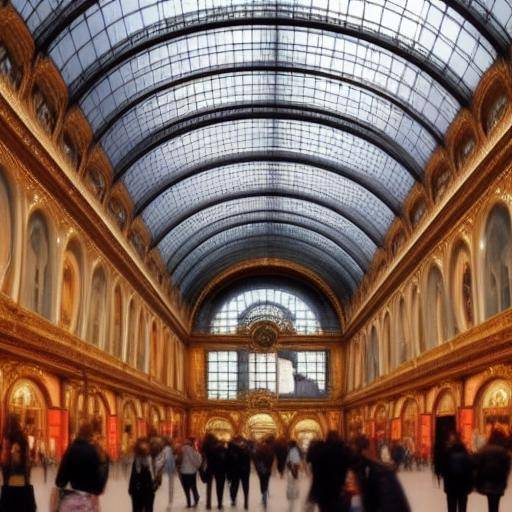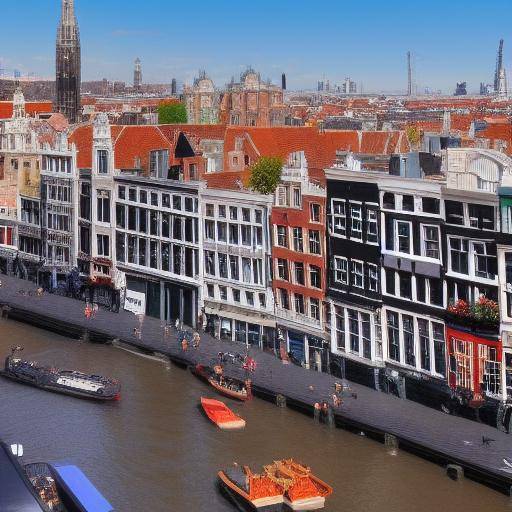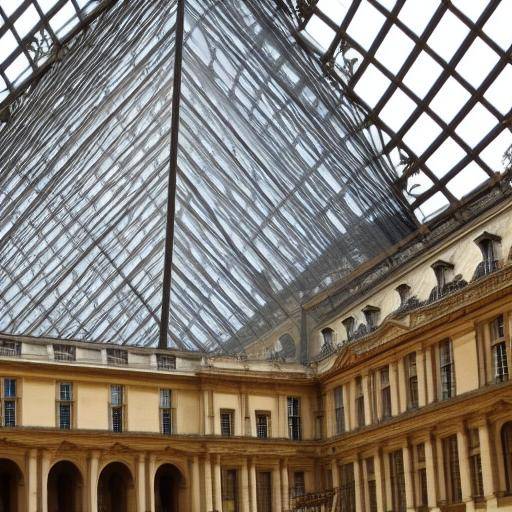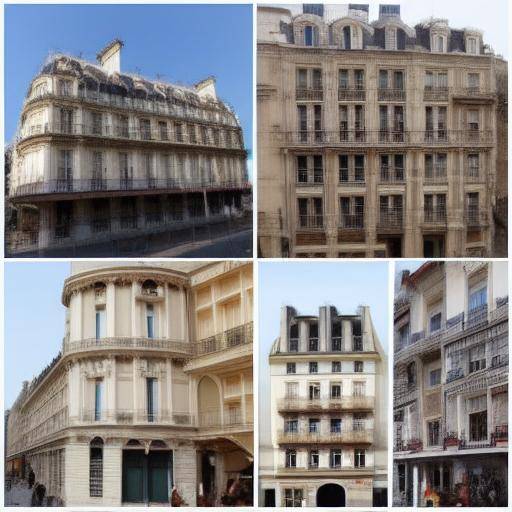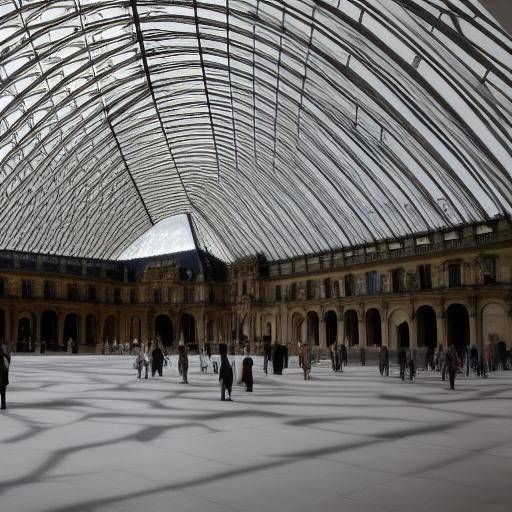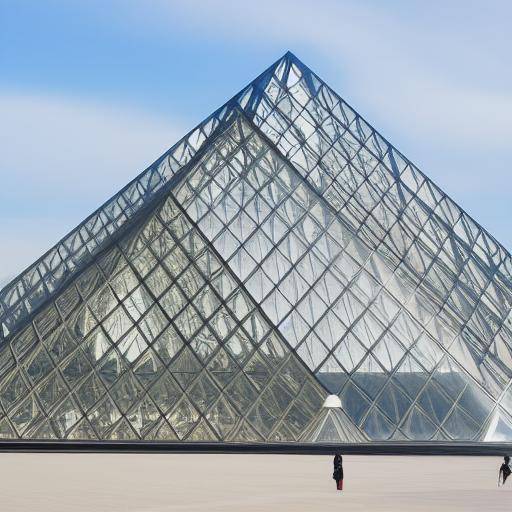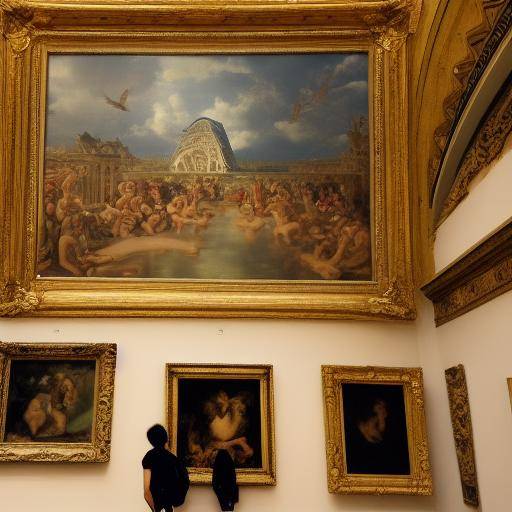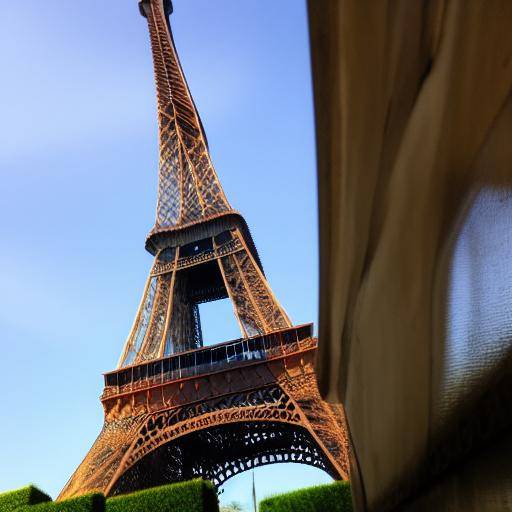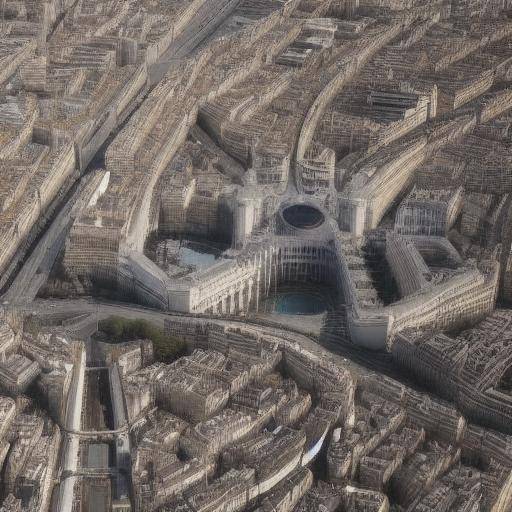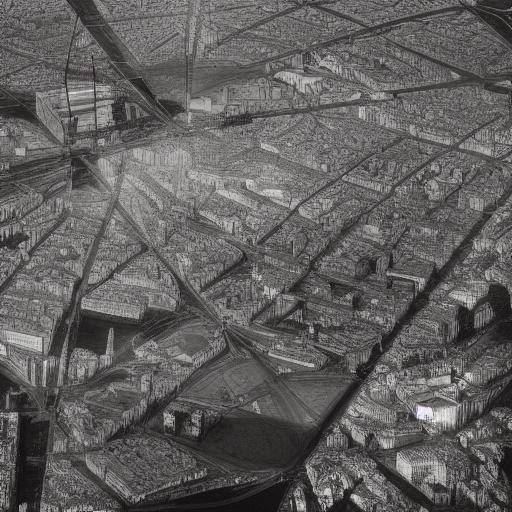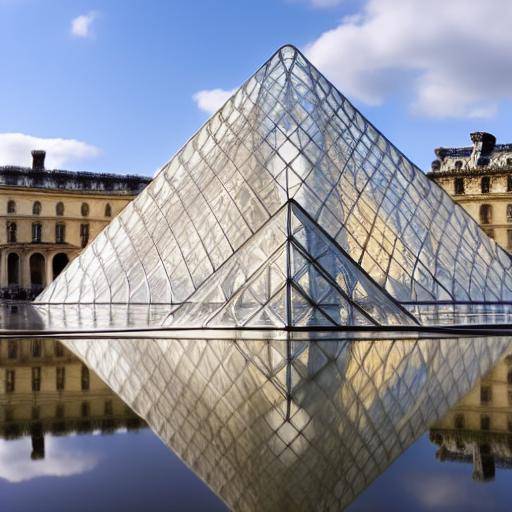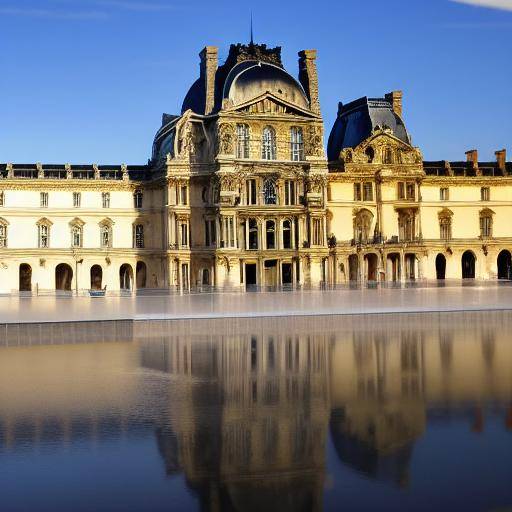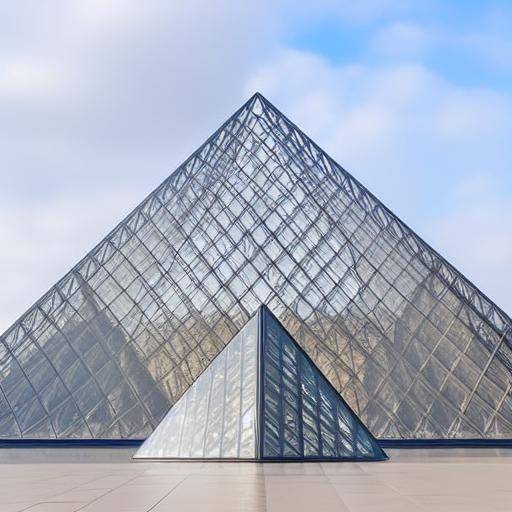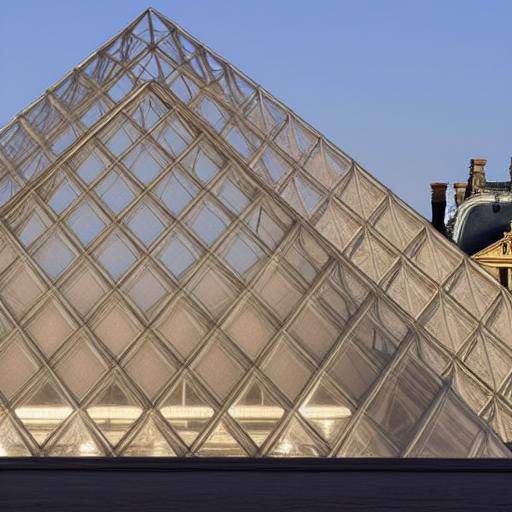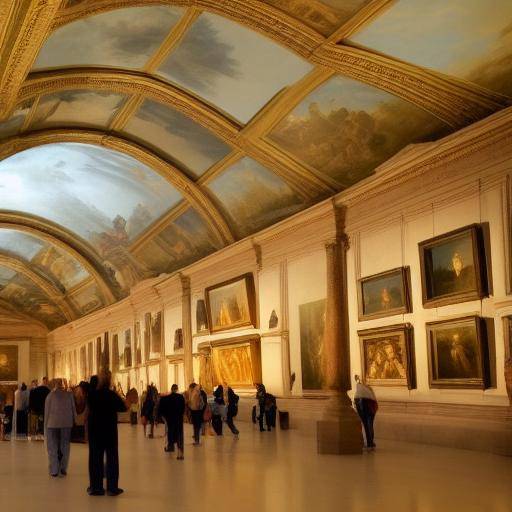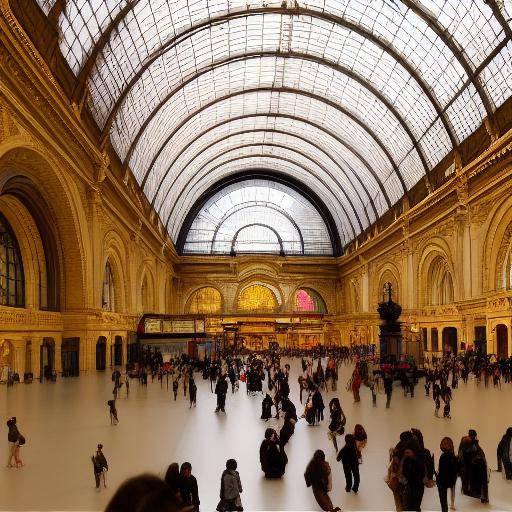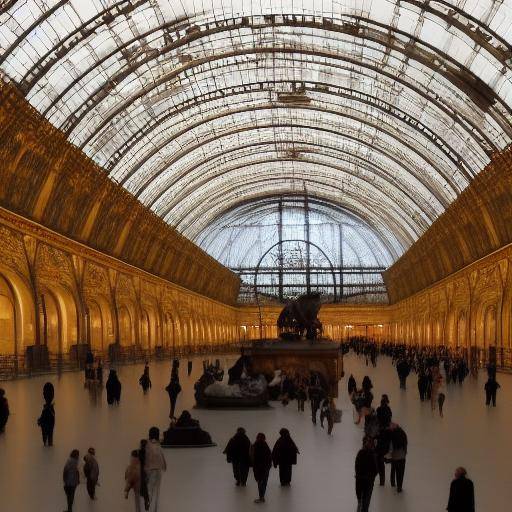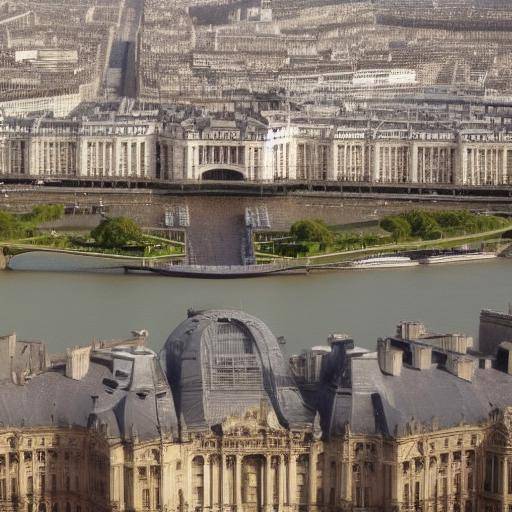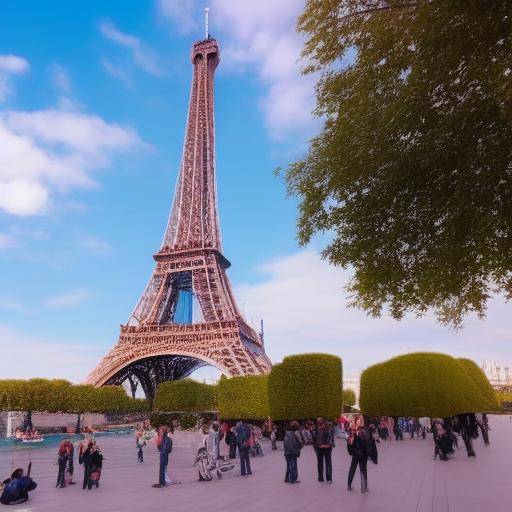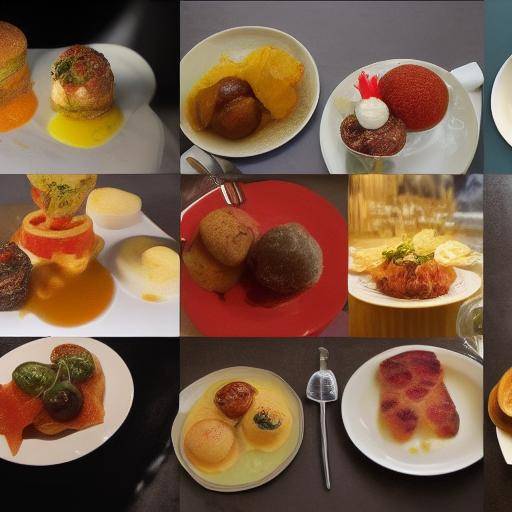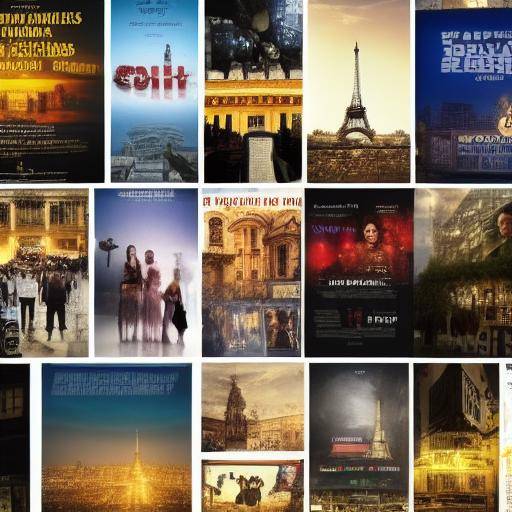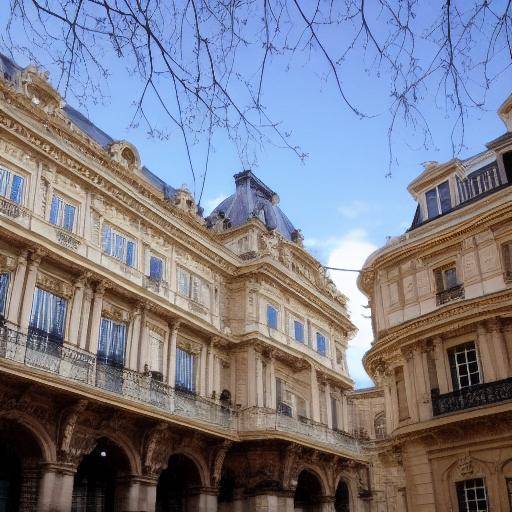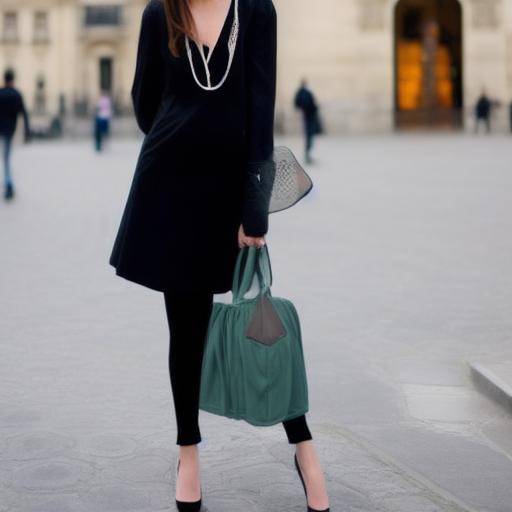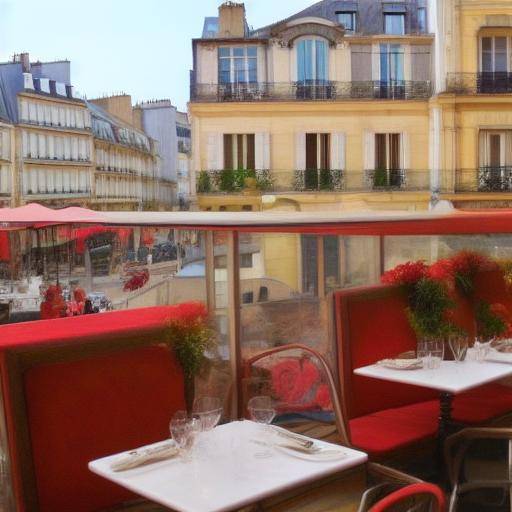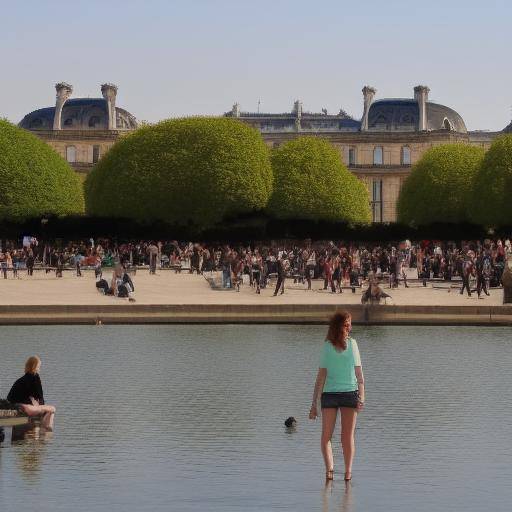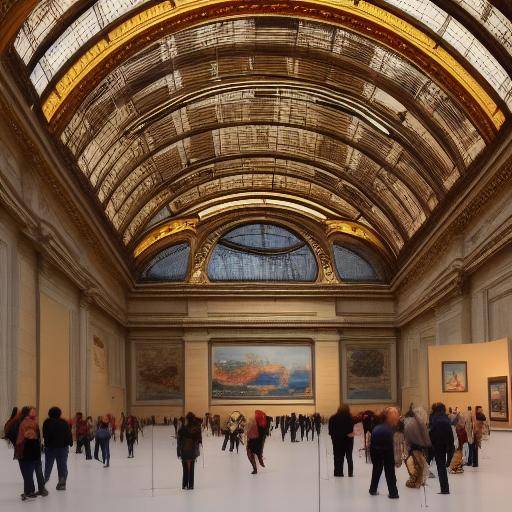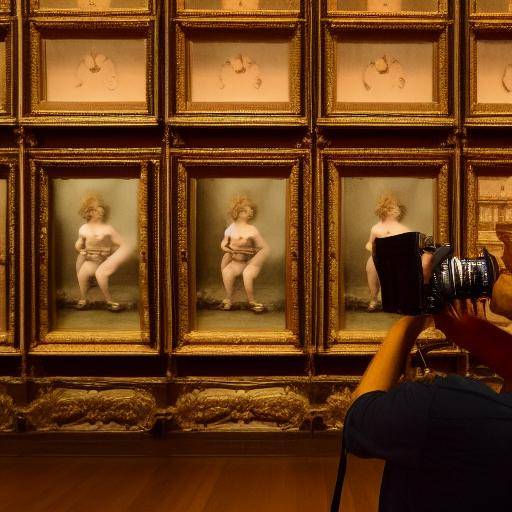
Introduction
Are you planning a visit to the Louvre in Paris and want to maximize your experience without being overwhelmed by the magnitude of this museum? You're in the right place! In this article, I will offer you tricks and tips for your visit to the Louvre to be memorable and stress free. From its fascinating history to practical tips to navigate through its galleries, you will discover everything you need to know to enjoy the most iconic cultural institution in Paris. Join me in this exploration and discover together how to visit the Louvre without agony.
History and Background
The Louvre, originally a royal palace, has become one of the most emblematic museums in the world. Its origins date back to the 12th century, and its evolution over the centuries has been as fascinating as the works of art it houses. From its beginnings as a medieval fortress to its transformation into a jewel of the art world, the Louvre has witnessed crucial moments in the history of Paris and art in general.
The Medieval Fortress
In 1190, King Philip II built the original fortress of the Louvre as a defensive bastion. This defensive structure, located on the outskirts of Paris, marked the beginning of the fascinating history of the place that, over time, would become the Louvre we know today.
The Royal Palace
During the Renaissance, the Louvre became an impressive royal residence. The French royal dynasties left their mark in the palace over the years, expanding it and embellishing it with exquisite works of art and architecture.
Transformation in Museum
Finally, in 1793, the Louvre opened its doors as a public museum, presenting a collection that included some of the most precious works of art in the world. Since then, it has continued to increase its prestigious collection, becoming a must for art lovers and the history of the world.
Deep analysis
We will explore how the Louvre has managed to maintain its relevance and what challenges it faces today.
Historical Relevance
The Louvre has witnessed significant historical events, hosting collections that reflect cultural wealth and artistic evolution over the centuries. Its importance lies not only in the masterpieces it holds, but in its role as a meeting point for cultures around the world.
Current Challenges
The large number of visitors, the preservation of the works of art and the need to adapt to the changing expectations of visitors represent contemporary challenges for the Louvre. The management of these complex dynamics is essential to preserve the integrity of the museum and to ensure rich experiences for visitors.
Comprehensive review
We will analyse best practices to maximize the visit to the Louvre and how to apply them to other cultural institutions.
Recommended Practices
Early planning, the strategic choice of the areas to visit and the use of audio guides to enrich the experience are just some of the best practices for a visit to the Louvre without stress. These recommendations can be applied to other renowned museums, allowing visitors to make the most of their time and fully appreciate the artwork they offer.
Opinions of Experts
Conversations with preservatives, art experts and industry professionals highlight the importance of balancing the preservation of the collections with accessibility for the public. His remarks shed light on the challenges and opportunities facing not only the Louvre, but all world-renowned museums.
Comparative analysis
We will compare the peculiarities and similarities between the Louvre, Paris and other important museums.
A Cultural Treasure
The Louvre is a cultural treasure that reflects history and artistic diversity, while Paris, as a host city, offers an incomparable backdrop for this architectural gem. Compared to other museums, the Louvre stands out for its unique collection ranging from ancient art to the most contemporary creations.
Architecture and Environment
The Louvre is distinguished by its majestic architecture and its location in the heart of Paris, which makes it much more than a museum: it is a monument in itself. Comparatively, other museums can have equally impressive architectures or be located in equally picturesque environments, which leads us to appreciate how each institution attracts visitors in unique ways.
Practical Tips and Accessible Tips
Now, let's focus on practical advice to ensure an enriching and stressless visit to the Louvre.
Advanced planning
The careful planning of the day and time of the visit can make the difference between feeling overwhelmed by the crowds and enjoying a quiet walk through the galleries. In addition, booking tickets in advance and using mobile applications can optimize waiting time and maximize overall experience.
Intelligent routes
By focusing on specific areas or collections, visitors can avoid exhaustion and better absorb what the museum has to offer. The identification of the most emblematic or personal works of art for each visitor can provide a personalized and meaningful experience.
Industry ideas and Expert Reviews
Now is the time to immerse ourselves in the ideas and visions of those who are intimately involved in the world of museums and art.
Emerging trends
Technological advances, public participation strategies and renewed focus on diverse representation in collections are trends that are shaping the direction of renowned museums. These trends not only impact the Louvre, but also influence the evolution of other museums globally.
Future predictions
Experts predict a greater emphasis on accessibility, sustainability and public interaction with works of art. These trends could radically transform the way museums like the Louvre address their mission and their relationship with society.
Conclusion
In short, the visit to the Louvre is an enriching experience that benefits greatly from careful planning and know-how. By understanding its history, current challenges and how it compares to other museums, visitors can enjoy a unique experience that goes beyond admiring works of art. Therefore, by applying the discussed tips and tricks, you can transform a visit to the Louvre into an unforgettable and unpleasant journey.
Frequently asked questions
What are the works in the Louvre?
The Louvre hosts numerous masterpieces, but some of the impermissible include the Mona Lisa, the Venus of Milo and La Libertad guiding the people.
Is there any way to avoid the long rows in the Louvre?
Yes, it is recommended to buy tickets in advance or visit the museum in less crowded hours, as early in the morning or during the afternoon.
How long should I plan to visit the Louvre?
Although the necessary time may vary according to individual interests, it is suggested to devote at least half a day for a prominent visit, if not more.
What other attractions near the Louvre would you recommend to visit?
Near the Louvre, there are places such as the Tuileries Garden, Place Vendôme and the Palais Royal, which offer complementary experiences.
Is the Louvre accessible to visitors with reduced mobility?
Yes, the Louvre has facilities and services for visitors with disabilities, including accessibility to specific areas, lifts, and wheelchairs available for loan.
What is the best way to make the most of the visit to the Louvre with children?
Planning child-friendly routes, booking family-designed guided tours, and taking advantage of interactive activities can make the visit to the Louvre memorable for the youngest.
With this detailed history information, planning advice, comparative analysis, and industry perspectives, I hope to have provided a complete guide to visit the Louvre without agobids. By following these tricks and tips, you can make sure your visit to the Louvre is an enriching and memorable experience.

